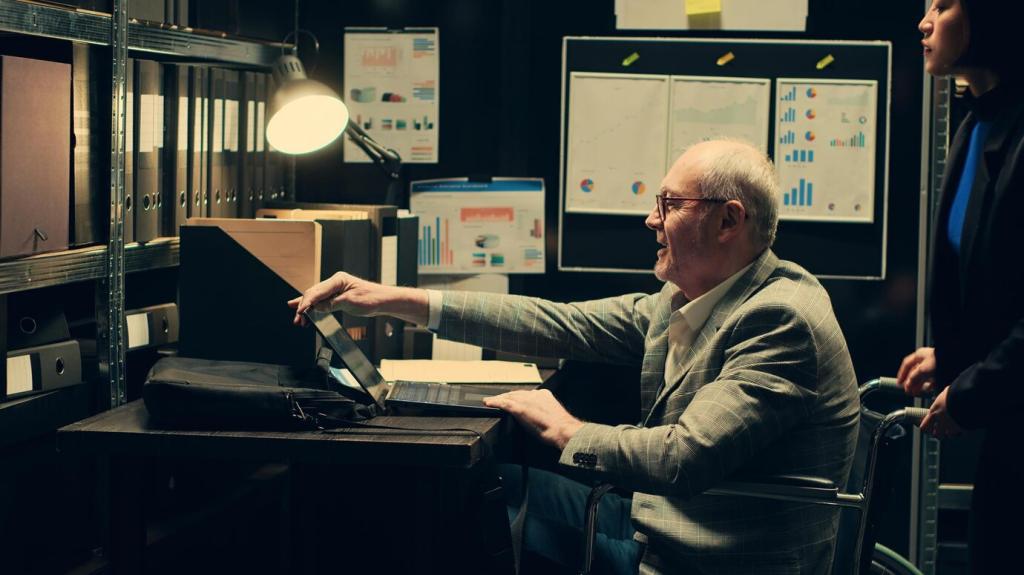Tracing Stories Through Stamps: Researching Provenance in Philately
Why Provenance Matters in Philately
A catalog listing gives a price; provenance tells a story. A well-documented chain of ownership can illuminate exhibition history, notable collections, and past expertizations, creating emotional significance that uplifts value, credibility, and the collector’s personal connection.


Why Provenance Matters in Philately
Provenance corroborates claims. When certificates, dealer invoices, and auction references agree, they build a lattice of trust. That lattice safeguards against alterations, forged cancellations, and creative attributions, while guiding responsible buying, selling, and scholarly citation across generations.
Building a Provenance Dossier
Assemble invoices, expert certificates, auction lot descriptions, and exhibition labels. Date each document, link it to high-resolution images, and annotate any discrepancies. This disciplined bundle becomes the stamp’s portable biography, ready for scrutiny and preservation.



Reading Marks, Margins, and Manuscripts
Discreet pencil initials or expert marks can tie a stamp to respected authorities or notable dealers. Log these marks carefully, consult reference lists, and compare styles across time to distinguish genuine expertizations from misleading imitations.
Reading Marks, Margins, and Manuscripts
On covers, transit and arrival backstamps place items on specific routes and dates. Mapping these routes against postal histories narrows provenance possibilities, especially when combined with addresses, correspondents, or distinctive clerical hands visible in manuscript notations.


Using Archives and Auction Records
Historical auction catalogues often include meticulous lot descriptions, pedigrees, and early photographs. Index notable sales by house and year, and annotate cross-references to later appearances so a single item’s trail becomes a consultable, chronological storyline.
Using Archives and Auction Records
Even grainy images can reveal unique blemishes or margin shapes. Overlay modern scans with catalog reproductions, aligning perforation tips or corner angles. When textual descriptions match physical quirks, your confidence in a continuous ownership chain strengthens significantly.
Case Study: Following a Penny Black Across a Century
A faint pencil “JL” on the reverse aligned with a 1920s dealer’s mark, while a clipped corner matched an early plate position photo. Together, these quiet signals suggested an origin in a modest, well-documented provincial collection.

Case Study: Following a Penny Black Across a Century
In a mid-century sale list, a near-identical piece appeared with a note about a lightened hinge remnant. High-resolution comparisons confirmed identical fiber pulls. The hinge note, once overlooked, became the decisive bridge between decades and owners.
Ethics and Transparency in Provenance Claims
Admit gaps openly and mark hypotheses as tentative. Invite readers to contribute leads, especially descendants of prior owners or dealers. Ethical caution prevents accidental mythmaking while keeping the door open for collaborative, evidence-based discoveries.
Tools and Techniques for Today’s Researcher
Use consistent DPI, raking light, and UV/IR photography to reveal surface textures, cancellations, and paper repairs. Calibration targets ensure comparable results, while annotated overlays help future researchers replicate your observations with confidence and precision.

